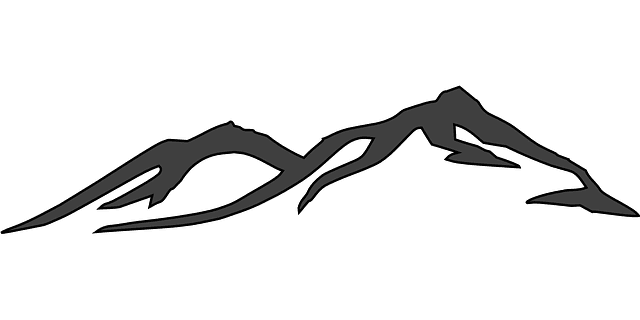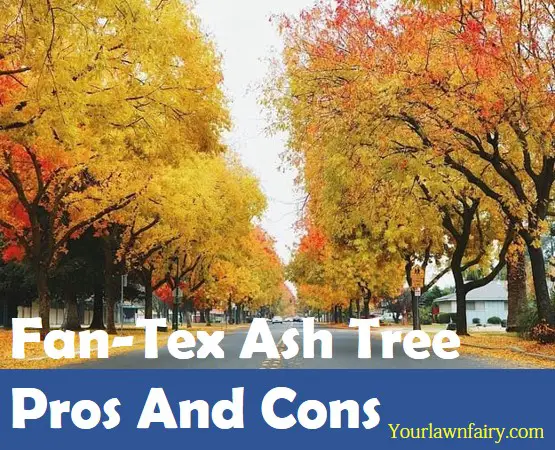If you’re looking for a tree that’s sure to stand out in your yard, look no further than the Fan-Tex Ash tree (Fraxinus velutina).
Fan-Tex Ash Tree, also known as Velvet Ash, Modesto Ash and Arizona Ash, this fast-growing beauty is a great addition to any landscape and will provide you with years of enjoyment.
This native tree grows fast, reaching heights of up to 40 feet in just 10 years. It has an open shape with wide branches that makes it perfect for attracting wildlife into your yard. In addition, Fan-Tex Ash is highly resistant to rabbits and other animal pests that love nothing more than to chomp on trees!
The Fan-Tex Ash has hdark green and glossy leaves which turn golden yellow in fall before falling off, leaving behind beautiful branches. This tree also produces inconspicuous flowers in spring.
This fast-growing tree grows in full sun to part shade. It prefers moist soil but tolerates dry conditions once established. It does best in well-drained soil that is high in organic matter, but it can tolerate clay soils as well as those that are sandy or rocky. It is resistant to rabbits, deer and other browsing animals but susceptible to borers and leaf miners if grown in overly wet soil or if planted too deep in the ground.
In late winter or early spring before new growth begins, prune out dead or damaged branches at the base of the tree to improve its shape and remove any crossing branches that may create weak points in the structure of the trunk or branches.
It’s hardy zone range extends from -10° F (USDA Zone 6) down into Mexico and parts of Texas and New Mexico where it can withstand heat well but also suffers from drought conditions during summers when temperatures rise above 100 degrees F.
In this article we will cover the pros and cons of Fan-Tex Ash Trees. These trees are perfect for anyone looking for a beautiful, ornamental tree that is also very easy to maintain.
Fan-Tex Ash Tree Pros
Easy to Care
The Fan-Tex ash tree is a great choice for the homeowner looking for a tree that has low maintenance and is easy to grow. It can be used as a street tree or in any backyard setting. It has beautiful green leaves that turn yellow in the fall. These trees are very attractive when they are grown in groups, which makes them a great choice for landscapers and homeowners alike.
Tolerance of heat and cold
Fan-Tex Ash Trees are known for their tolerance of heat and cold temperatures as well as drought conditions, so they will survive well even in regions where there’s little rainfall throughout the year. Their leaves tend to turn yellow during winter but will regain their color once spring arrives again.”
Provides Shade
If you are looking for a tree that will provide shade and beauty while also being a strong, sturdy option, the Fan-Tex Ash Tree is a great choice.
This tree is known for its ability to grow quickly, which makes it ideal if you want to add some green to your yard or garden. The Fan-Tex Ash Tree has an open canopy that lets in plenty of sunlight, so it can be used as a windbreak or screening plant as well.
Tolerates Alkaline Soils
This tree is tolerant of alkaline soils, which means it can live in soil that is high in alkalinity. This makes it a good choice for growing in areas where the soil tends to be alkaline, such as along the coast or near bodies of water.
Fan-Tex Ash Tree Cons
The Fan-Tex Ash Tree is very susceptible to borers.
The Fan-Tex Ash Tree is a type of ash tree that has been used in landscaping and forestry for a long time. It is known for its fast growth, deep green leaves, and resistance to pests and diseases. However, one of its most notable features is its susceptibility to borers.
Borers are insects that tunnel through the bark of trees in order to lay their eggs or feed on the sap beneath it. The damage caused by these insects can prevent trees from absorbing nutrients from the soil and cause them to die prematurely. The most common types of borers include beetles and moths; however, there are also many other species that will attack your Fan-Tex Ash Tree if you do not take steps to prevent them from doing so!
In addition to causing damage directly through their burrowing activities, these insects also have indirect effects on trees due to their ability to spread fungal diseases.
Fan-Tex Ash Tree is susceptible to verticillium wilt.
Verticillium wilt is a fungal disease that infects the roots of ash trees. It causes the tree’s vascular system to become blocked, which prevents water and nutrients from circulating through the plant.
This can eventually lead to root death, which can cause dieback or even death of limbs in large trees. In addition to ash species, other trees such as lilac and privet may be affected by verticillium wilt if they are planted close enough for the fungus to spread through root contact.
Verticillium wilt is caused by several different species of fungi, including Verticillium dahliae and V. albo-atrum. These fungi overwinter in soil as mycelia (threadlike strands) called sclerotia (singular = sclerotium).
When temperatures are warmer than 55 degrees Fahrenheit (13° Celsius), these sclerotia germinate into hyphae—small strands that grow up through the soil and invade plant roots. The hyphae then produce more sclerotia that remain dormant until their host plant dies or is removed from the area where they were originally introduced.
Weak Lumber
Ash trees are known for their ability to grow in a wide range of soils and conditions, but they are also known for producing low quality lumber. The wood from this tree is often used for flooring and other types of construction material.
The wood from ash trees is not very strong and does not hold up well against rot or insect damage. It also does not have a very straight grain pattern, which can make it difficult for people who want to use the wood for furniture making or other projects.
Anthracnose Disease
Anthracnose is a fungal infection that affects many plants, including the Fan-Tex ash tree. The fungus enters the plant through wounds in its bark or through natural openings like stomata on leaves.
Once it has entered the plant, it starts producing spores that spread throughout the plant tissue. These spores survive on dead parts of the plant and then infect new growth when conditions are right for them again (usually after rain).
The symptoms of anthracnose vary depending on which part of your Fan-Tex ash tree has been infected by this fungus—and sometimes they appear gradually rather than all at once! If you notice brown spots on leaves or branches while they’re still green, chances are good that those spots are caused by anthracnose.
Conclusion
There are many good things about the Fan-Tex Ash Tree. It is beautiful, it’s versatile, it adds color and texture to your garden. On the flip side, there are also some issues that need to be addressed before you go out and buy one.
I hope you have a better understanding of the positives and negatives, as well as the best applications for Fan-Tex Ash Tree.
Also Read: Ivory Silk Lilac Tree Pros And Cons

